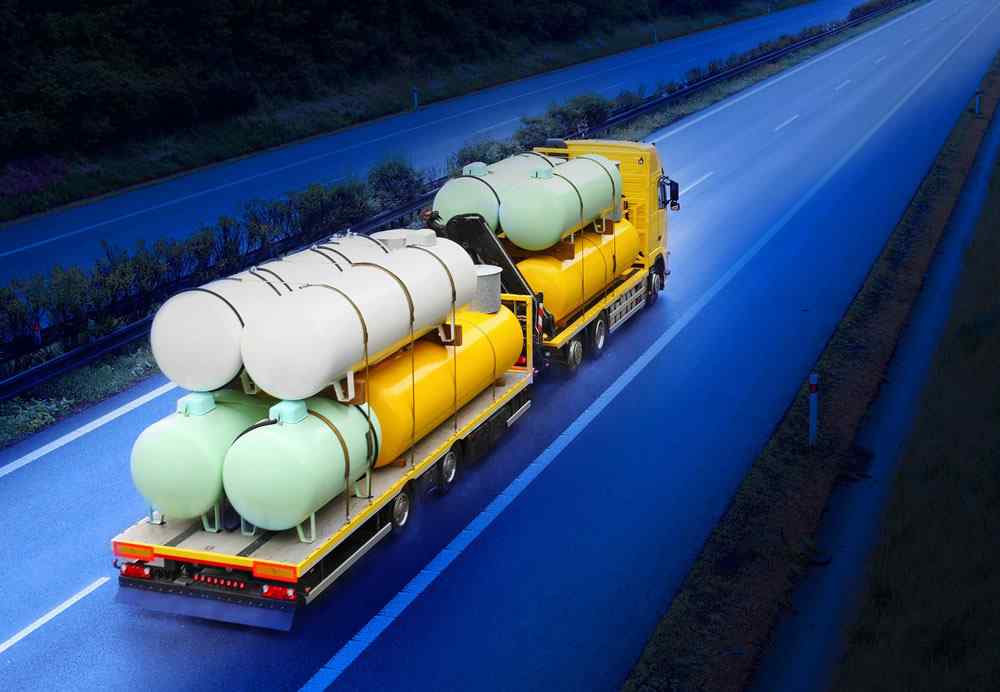Transport of hazardous goods
Shipment by sea and waterways is the most secure mode of transport with only 3 accidents registered in 2017, whilst, 67% of accidents were registered for transits by road.
Transport of hazardous goods (oils, gas, chemical products, radioactive substances) is the transit of substances with high risk to the environment and/or humans, or substances that can damage other materials and goods. The transport solution involves the implementation of adequate measures to ensure their transit in total security. Transportation may be by land, sea, waterways, rail or even by air.
Given the sensitivity and risk factors, hazardous goods need specific precautions to be taken. These include meticulous packaging and conditioning, specific handling operations and storage which is adapted for their conservation. Awareness-raising and on-going training for staff are indispensable measures for transportation and handling of this category of goods.
The features of transport of hazardous goods
Hazardous goods are considered as such when they present a character of risk of targeted or global deterioration. In the event of an accident, the transport of dangerous materials can entail the risk of pollution of land and the contamination of groundwater. It also constitutes a health risk for humans and local fauna. The following products make up the main groups of hazardous goods:
- Inflammable substances;
- Corrosive products;
- Radioactive waste and elements;
- Toxic materials;
- Infectious agents, such as medical waste;
- Gases;
- Explosives….
The regulations relevant to the transport of hazardous goods do not allow transit via pipelines, such as oil or gas pipelines.
- Category
- Hazardous goods transport
- Number of vehicles
- 200
- Storage capacity
- 2000 tons
- Cargo containers
- 4000





